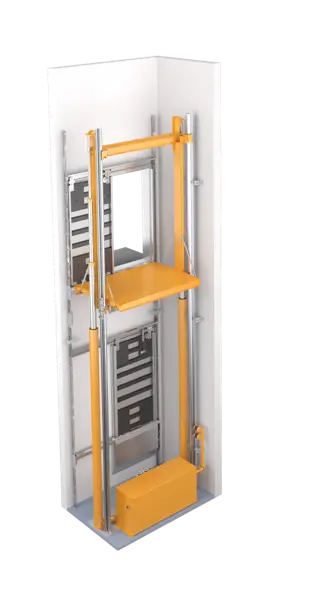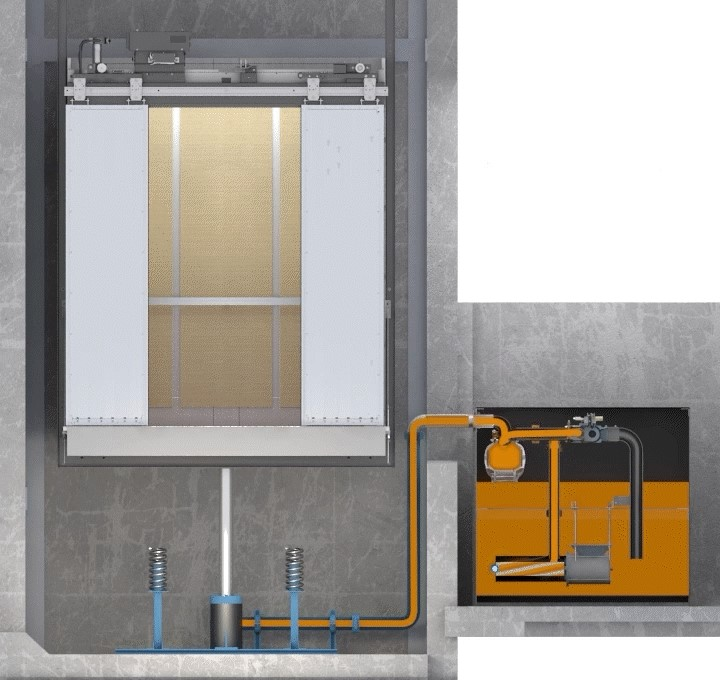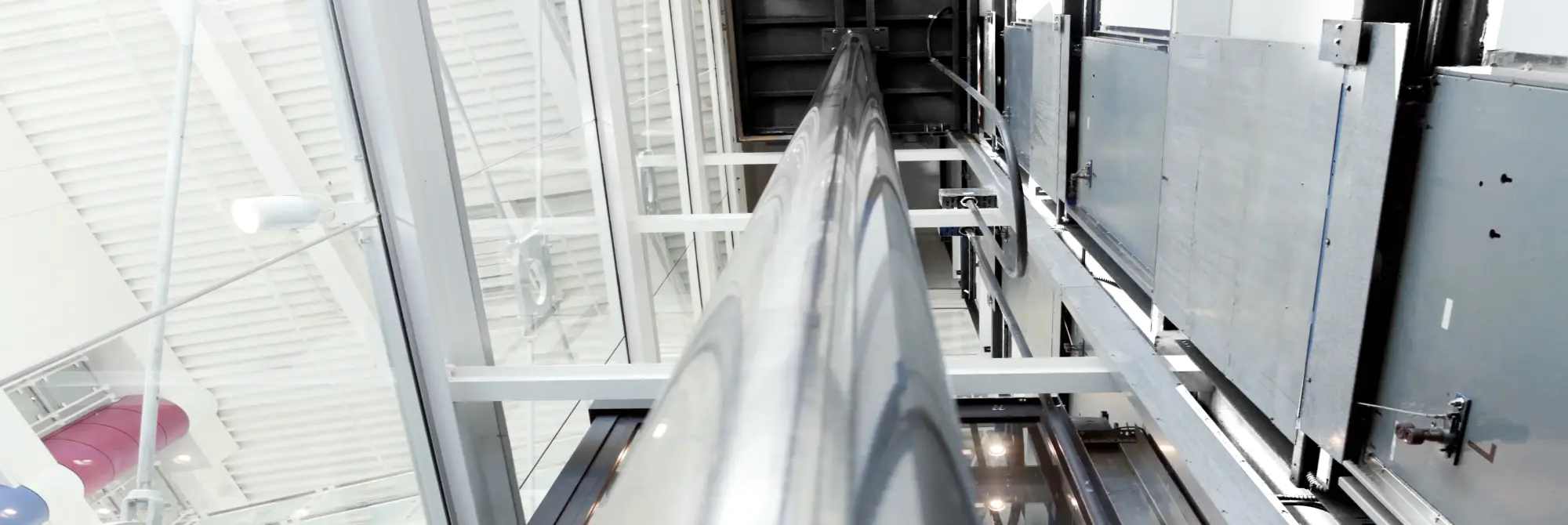In our day and age, going green is a necessity whether it’s an individual recycling their coffee cup or a business taking steps towards becoming increasingly energy efficient with their technology. For this reason, low-rise buildings are beginning to be fans of technology that strays away from the norm. While less common and renowned than the other basic form of vertical transportation, the Hydraulic elevator is paving the way forward with sustainability in mind.
But, what exactly is a hydraulic elevator? And what makes it different than a traction elevator? There are a few major differences to be explored, and we will start with the basics. While the traditional traction elevator is pulled manually by steel ropes or belts, the hydraulic elevator uses none of these typical methods whatsoever. In fact, it’s none other than fluid that spurs the hydraulic elevator into motion. Utilizing pressure, an electronic pump pushes hydraulic fluid into a cylinder. The pressure created from this will then push a piston that will cause the elevator to rise and operate safely.

Since the creation of this form of transportation, there’s been many advancements in hydraulic science. One of the more notable positive advancements in the evolution of these elevators is that they now have jacks and different jack designs so that there no longer needs to be any holes drilled into the ground. These jacks can also travel about 33 ½ feet and have added to the overall desire for the elevator from consumers.
There has been a tremendous growth in the demand for the hydraulic method in low-rise buildings. Many have found that this lesser-known method is favorable to traction elevators for simple but important reasons. Though the hydraulic elevator debuted over 50 years ago and has been a staple in secure vertical transportation technology, there have still been many questions surrounding the advantages of choosing the hydraulic elevator.

The main reason that the hydraulic elevator has been favorable to consumers interested in finding the right fit for transportation in their building, is the fact that hydraulic elevators have fewer moving parts. This will usually equate to a lower installation cost with less maintenance and repairs. Having a smaller need for maintenance and repairs means that saving money can be easier than ever.
Another great plus to the hydraulic elevator is that your carbon footprint can be reduced when you choose to install it instead of a traction elevator. Due to the unique way that the hydraulic elevator functions, it uses less energy while waiting and almost zero energy when the cab lowers. This amazing elevator gives passengers the peace of mind they deserve while utilizing energy sustaining technology to further aid the fight for green living. Safety, lower costs, and energy efficiency go hand in hand when choosing to use the hydraulic elevator.
 United States
United States


